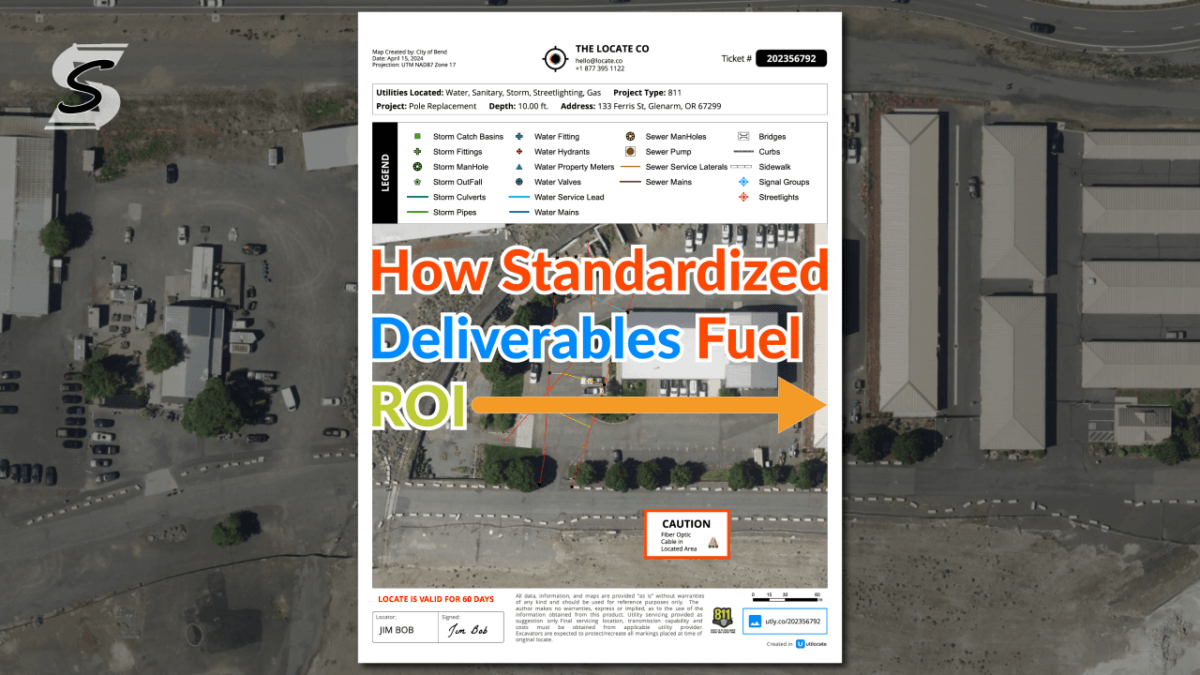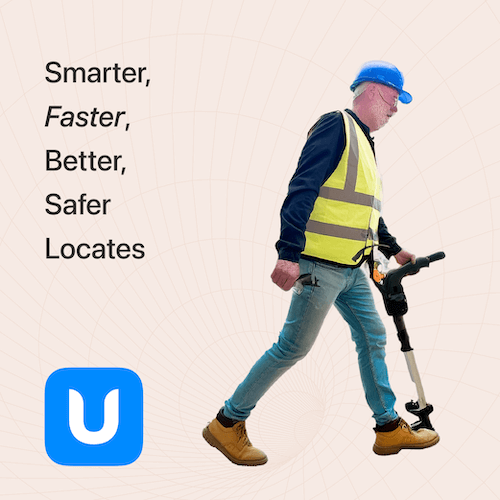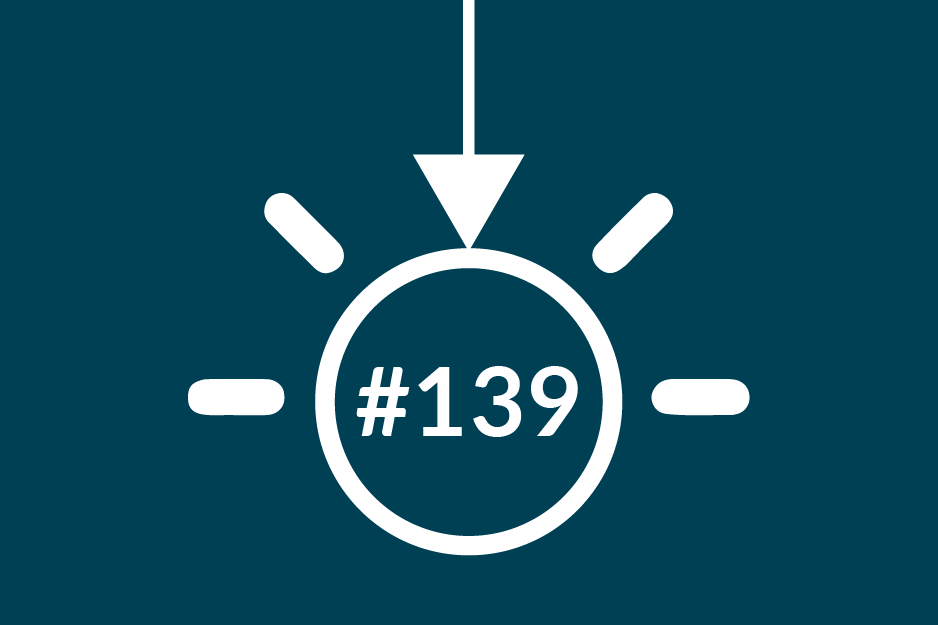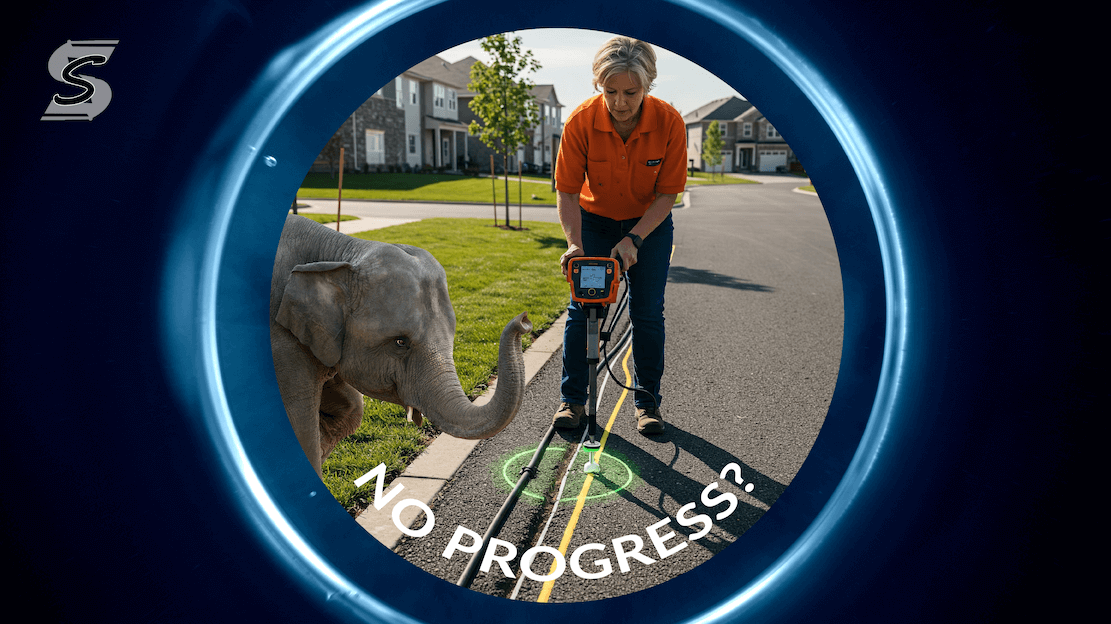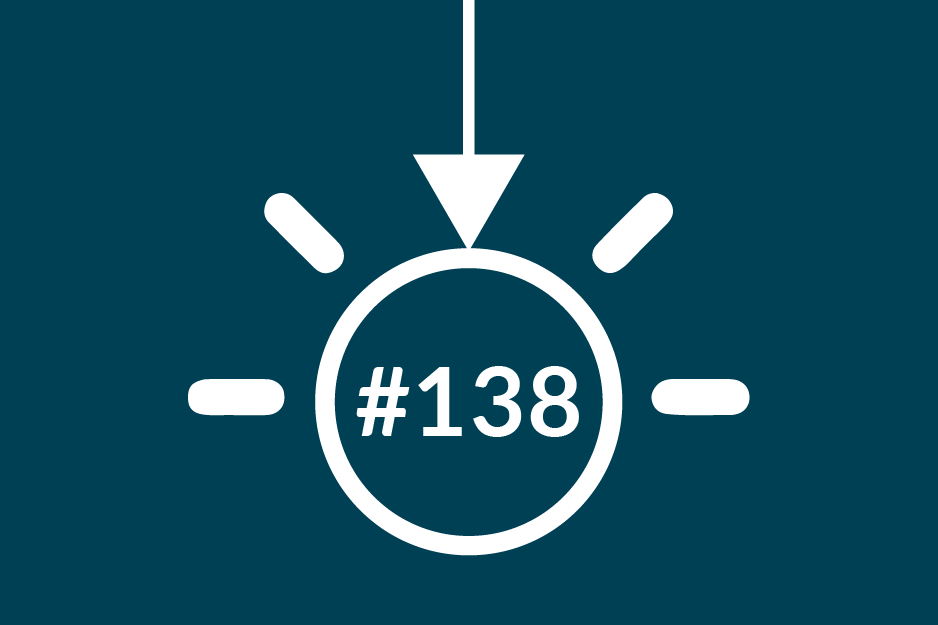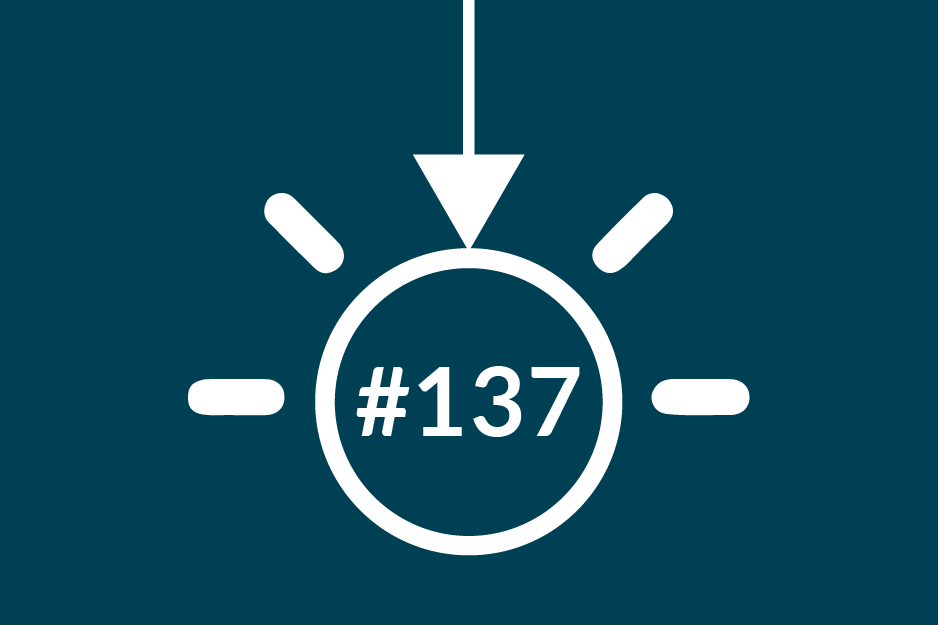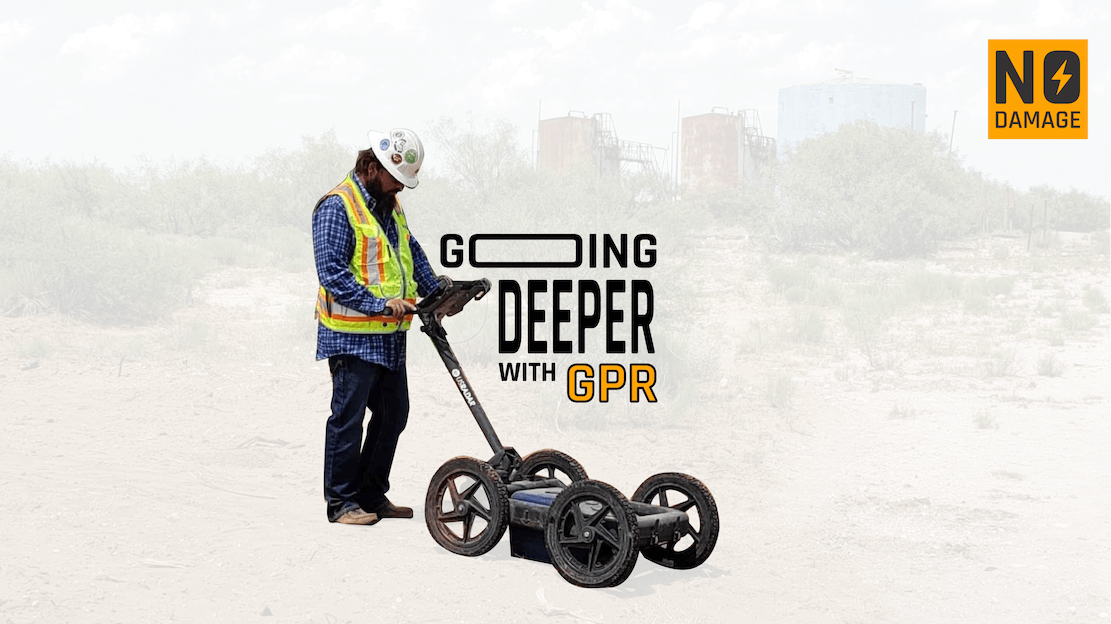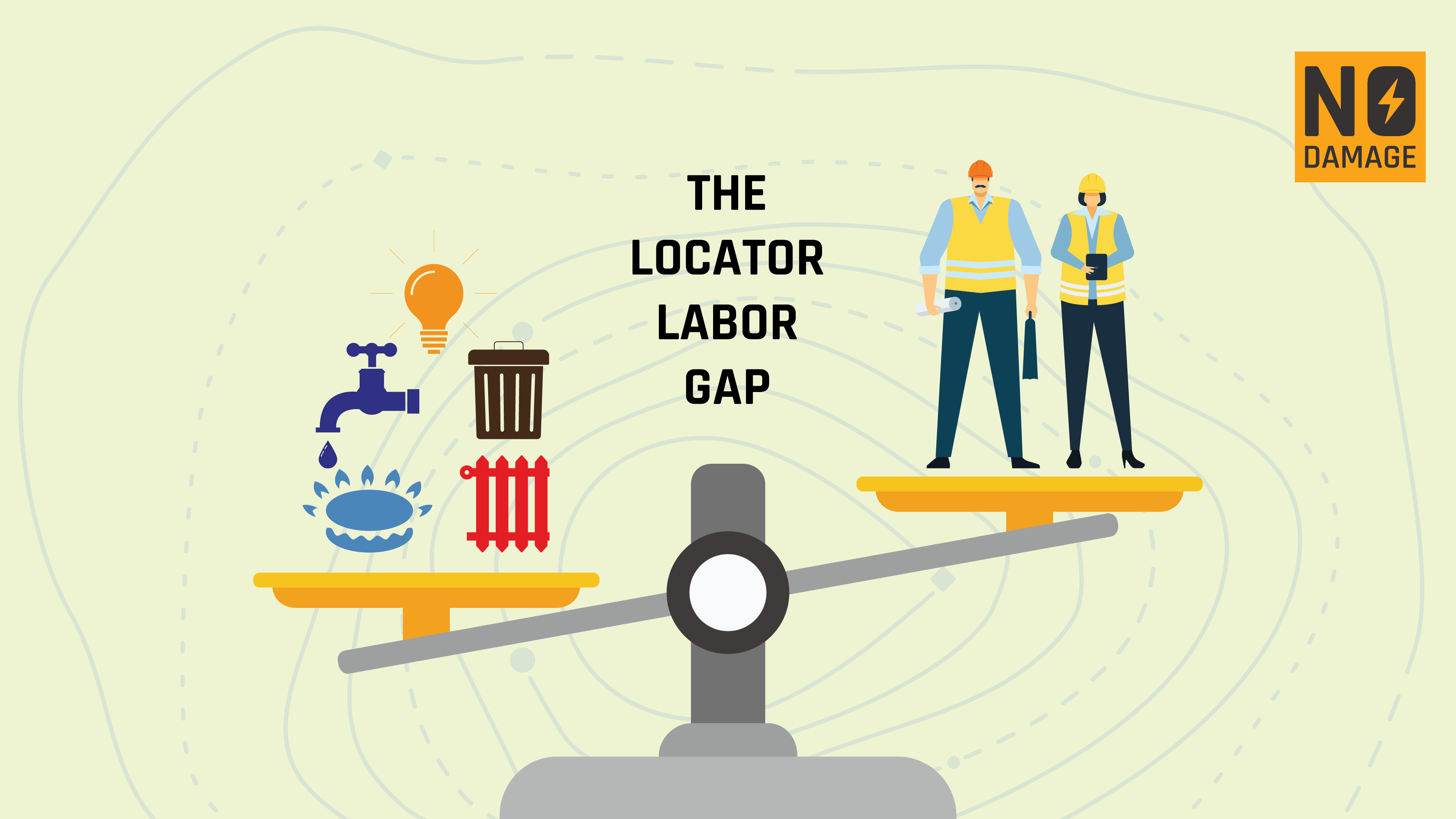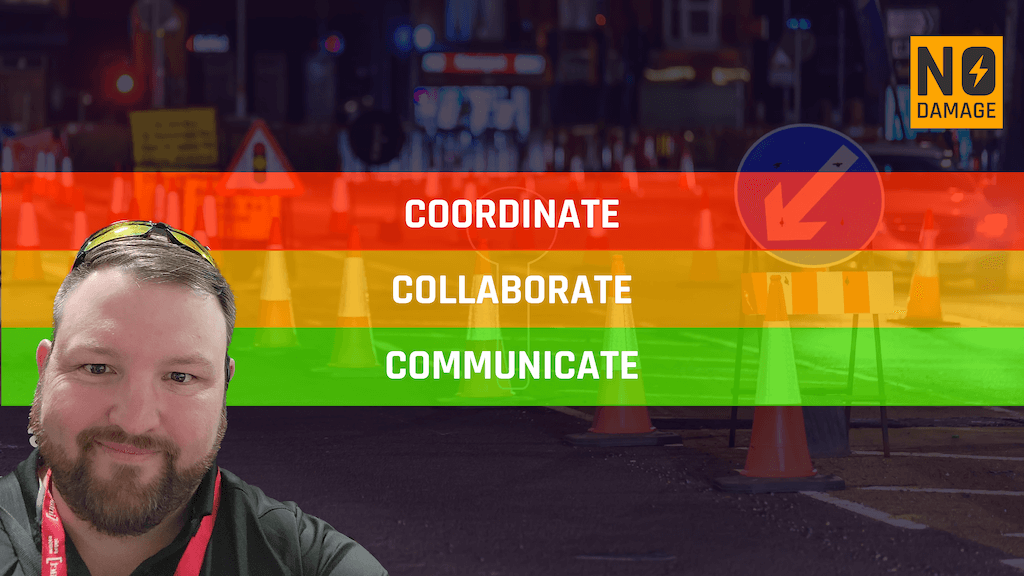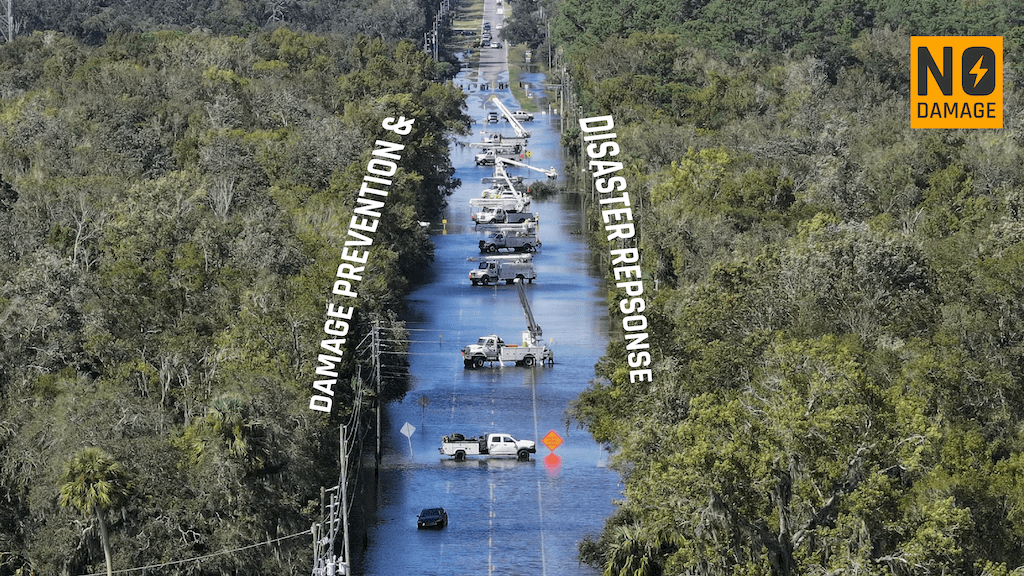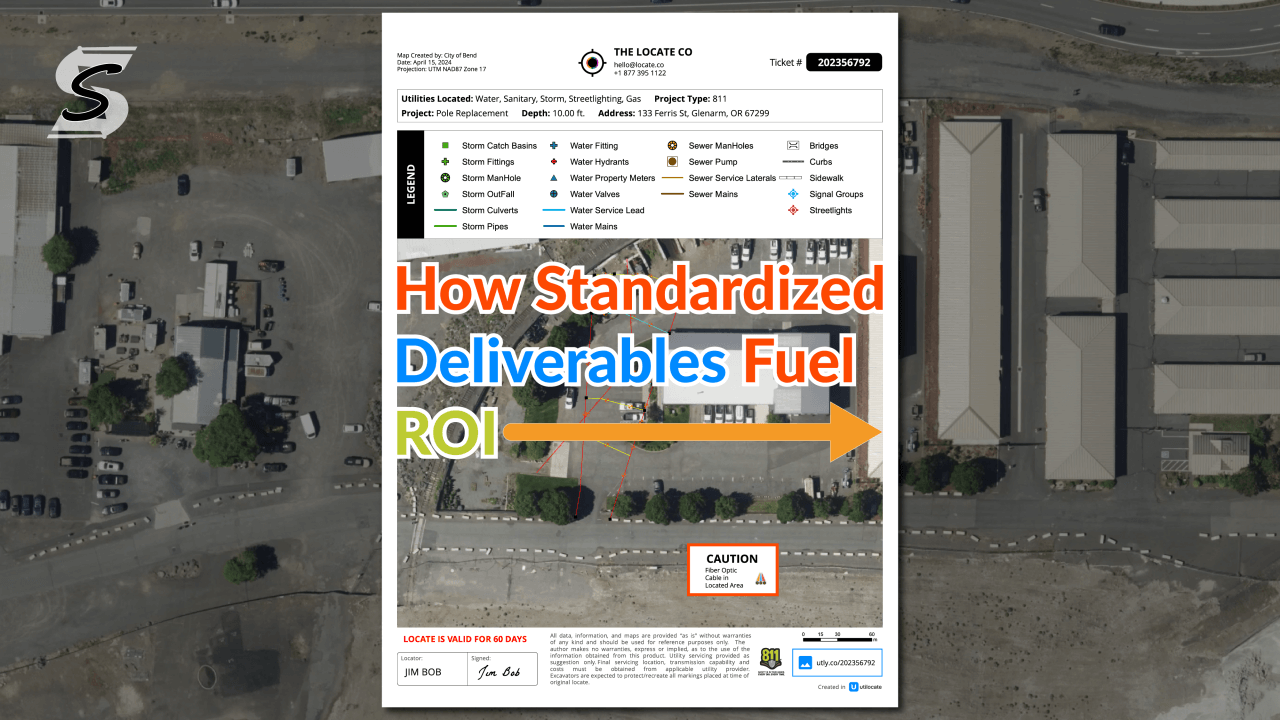
We've all seen it: the wildly varying quality of utility locate reports. This isn't just an inconvenience; it's a massive drain on project budgets and a significant risk to safety. While the safety argument is crucial, let's talk about the bottom line. Standardized utility locate reports aren't just good practice; they're a smart business move that unlocks hidden profits and boosts your ROI. Think of it: how much time is wasted deciphering different formats, hunting for critical data points, or worse, dealing with the fallout of misinterpretations?
The Cost of Chaos: Quantifying the Problem
Let's put some hard numbers to the problem. The lack of standardization creates inefficiencies at every stage:
- Rework due to Inaccurate Data: A 2021 study by the Construction Industry Institute (CII) found that rework due to inaccurate or incomplete information costs an average of 10-20% of a project's total value. While not all of this is solely attributable to utility data, a significant portion is. Let's conservatively estimate 5% of project value is lost due to poor utility data. On a $1 million project, that's $50,000 down the drain.
- Utility Strikes & Delays: According to the Common Ground Alliance (CGA), there are over 400,000 utility strikes annually in the US, costing an estimated $1.5 billion in damages. These strikes lead to project delays, averaging several days or even weeks. A single week of delay on a large project can easily translate to tens of thousands of dollars in lost revenue. Consider a $2 million project with a daily overhead of $5,000. A 5-day delay is a $25,000 hit.
- Legal & Insurance Costs: Utility damage claims are expensive. Beyond the direct costs of repairs, there are legal fees, insurance deductibles, and potential increases in premiums. Standardized reporting can significantly mitigate these risks. While quantifying this is difficult, anecdotal evidence suggests a well-documented, standardized report can be a powerful defense in a dispute, potentially saving tens of thousands in legal costs.
The ROI of Standardization: A Data-Driven Approach
Now, let's flip the script and demonstrate the value of standardization with concrete examples:
- Reduced Rework: Standardized reports, with clear and consistent data, can reduce rework related to utility conflicts by at least 20%. Using our $50,000 rework cost example, that's a $10,000 saving per project.
- Minimized Delays: Improved accuracy and faster data access can shorten project timelines by several days. Even reducing a 5-day delay to 2 days saves $15,000 on our example project.
- Lower Insurance Premiums: While difficult to quantify precisely, many insurance providers offer discounts for companies demonstrating robust risk management practices, including standardized reporting. A 5-10% reduction in premiums is plausible, representing thousands annually for larger contractors.
- Increased Productivity: Streamlined data management frees up project managers and field crews. Imagine reducing the time spent deciphering reports by 2 hours per week per employee. For a 10-person team, that's 20 hours, a significant productivity boost.
- Improved Collaboration: Standardized formats facilitate seamless data sharing. This reduces communication errors and improves project coordination, leading to smoother execution and fewer costly surprises.
- Enhanced Algorithmic Learning: Standardized data is crucial for machine learning. With consistent formats, algorithms can be trained to identify patterns, and predict potential conflicts faster. This opens the door to predictive analytics and AI-powered project management, offering substantial long-term cost savings and we could even alert you with Urbint's TMS.
Beyond the Bottom Line: The Intangible Benefits
- Enhanced Reputation: Companies known for accurate and reliable utility information gain a competitive edge and attract more clients.
- Improved Employee Morale: Reducing the stress and frustration associated with inaccurate data leads to higher employee morale and retention.
- Stronger Client Relationships: Delivering projects on time and within budget strengthens client relationships and fosters repeat business.
Call to Action: Invest in the Future
The path to realizing the full potential of standardized utility locate reports requires a concerted effort. First and foremost, we need to actively support and participate in the development and adoption of robust, industry-wide data standards. This isn't about reinventing the wheel; it's about building consensus around a standard that works well for everyone, from small contractors to large engineering firms. A crucial component of this is establishing consistent symbology and adhering to best practices like the APWA color code, ensuring legends are easily interpreted and data is universally understood. This collaborative effort will lay the foundation for seamless data exchange and interoperability across the industry.
Next, we must invest in training and education. Equipping our teams with the skills and knowledge needed to utilize standardized reports effectively is essential for successful implementation. This includes training on the specific data standard adopted, as well as best practices for data collection, interpretation, and utilization.
Finally, embracing technology is key to unlocking the full potential of standardized data. We need to explore and implement technology solutions that support standardized data management, facilitate data sharing through APIs, and enable advanced analytics. This means platforms like which provide GIS, BIM, ticket management and project management solutions, need to work together to help solve the problem. By integrating these technologies into our workflows, we can streamline processes, improve efficiency, and pave the way for AI-driven project management.
Conclusion:
Standardized utility locate reports are not just a cost of doing business; they're an investment in your company's future. By embracing standardization, you can unlock hidden profits, reduce risk, gain a competitive edge, and pave the way for AI-driven project management. The time to act is now.
Share this Post
